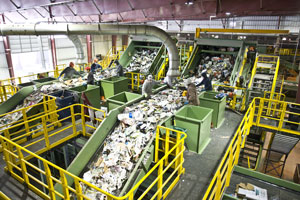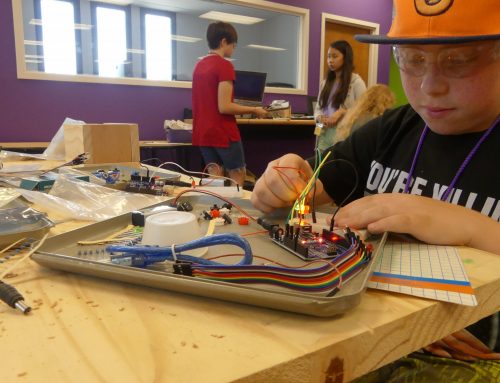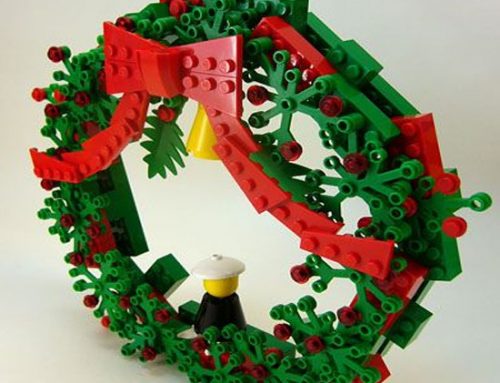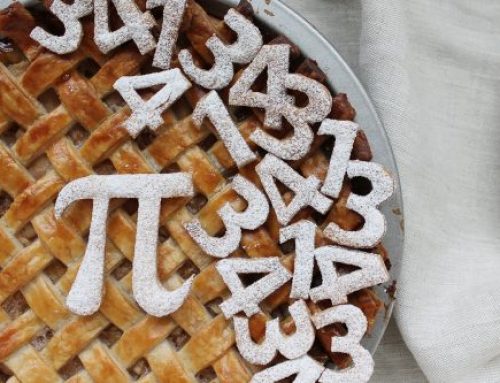As Earth Day approaches, you may be thinking more about the everyday things you do to help protect the environment, like recycling, for example. There is more to the story than just placing those recyclables on the curb for pick-up. Have you ever wondered what happens next? Here’s a look at some of the most commonly recycled items and exactly what happens to them after they leave your curbside.
If you have ever used an old object for a new purpose, you were recycling. The most common way we talk about recycling today is in regard to our trash. The idea of reusing old objects has been around for centuries, but it’s become especially prevalent since the industrial age. Before goods were mass-produced, more care was taken with objects due to the expensive of producing or replacing them. Re-using an item in a new way helped families save money. Since that time, manufacturing has made it easier and cheaper for us to replace old items with new ones.
This leads to the problem we face today when we see the amount of garbage we send to landfills. When the garbage breaks down, chemicals combine together to form a sort of poisonous stew called leachate. If this leachate leaks out of the landfill, it can cause damage to the animals, plants, soil, and water supply in the surrounding area.
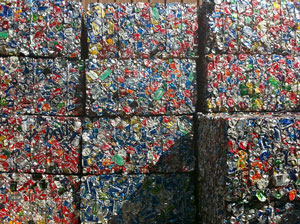
Photo: www.dorecycling.com
Recycling Aluminum
Aluminum cans are possibly the most recognizable recycled good, but the metal can also be recycled from old cars or buildings. Aluminum can be found in window frames, wires, electronics, and tubing.
Aluminum is the most valuable material that we recycle because it can be remelted and reused with no damage to the aluminum and virtually no waste. In World War II, aluminum was so valuable for the war effort that you could get free entry to movie theaters just by bringing a ball of used aluminum foil. An aluminum container will fully protect its contents from oxygen, light, and moisture, making it one of the safest food storage materials. Because it does not rust, it also lasts longer than most packaging methods. Even so, Americans only recycle just over 50% of their pop cans – which means that over $1 billion of aluminum is thrown away every year.
So what happens to your aluminum in the recycling process? Cans are separated from the rest of the trash and cut into small squares. The squares are first cleaned of any impurities before being pressed into blocks. The blocks are heated then melted. Any last impurities are strained out. Once the molten aluminum is poured into a flat sheet and cooled, it’s ready to be cut into a new shape.
Recycling Plastic
Because plastic can be lightweight and thin, and yet it is still extremely durable it’s an extremely common manufacturing material. It can easily be colored or molded into different shapes making very versatile. However, plastic takes hundreds of years to naturally break down, so it frequently sits in a landfill after it is thrown away. Plastic waste takes up about 20% of our landfills today.
You’ve probably seen the numbers printed on the bottom of plastic containers. This number is the RIC number, or the resin identification code number. Each number represents a different type of plastic.
When your plastic is recycled, the products are sorted based on their RIC number. This keeps each type of plastic separate so that the different molecular chains that make up the plastic material don’t get mixed up together. After being sorted by RIC number, the plastics are sorted by color. They’re washed then cut into small pieces about the size of a quarter. Lastly, they are melted and shaped into tiny pellets, which are sold to manufacturers to be melted again and shaped into a new product.
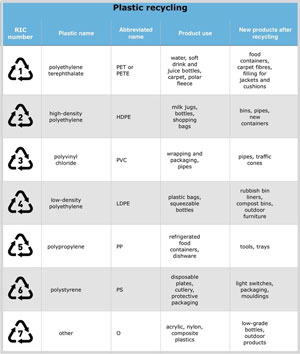
Table: www.sciencelearn.gov.nz
Recycling Glass
Although glass can be found in many places throughout our homes, it’s only containers such as bottles and jars made of glass that are recycled. Other things, such as windows, lightbulbs, are too difficult to recycle. The process for recycling glass is similar to that of recycling plastic. Glass bottles are washed then sorted by color. Next it is crushed into tiny shards known as cullet and sifted to remove any undesired particles. The cullet is melted and shaped into new glass.
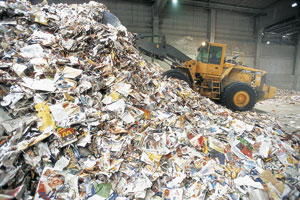
Photo: www.the-green-house.net
Recycling Paper
Paper is a relatively easy material to recycle, but it can only be recycled a few times before it is too fragile to use again. After paper is collected, it is sorted based on a number of features: the type of paper, the weight, the original use, the color, and whether it was previously recycled. The paper is then soaked in hot water and chemicals until it breaks down into pulpy soup. Magnets remove any staples and ink is skimmed off the surface. The paper pulp is strained through a filter to remove any glue or other unwanted materials. Finally, it is sprayed with bleach, rolled into sheets, and pressed. When dry, the giant sheets of paper are cut into smaller sections and sold.
Recycling is a complicated journey that lasts long after the items in our bins are collected. Hopefully now you have a better understanding of what happens to your old goods after they leave your house before they can be sold again as something new.
Sources:
http://www.aluminum.org/industries/production/recycling
https://www.sciencelearn.org.nz/resources/2516-plastics-and-recycling
https://science.howstuffworks.com/environmental/green-science/recycling.htm
https://www.theatlantic.com/technology/archive/2015/12/what-actually-happens-to-a-recycled-plastic-bottle/418326/

